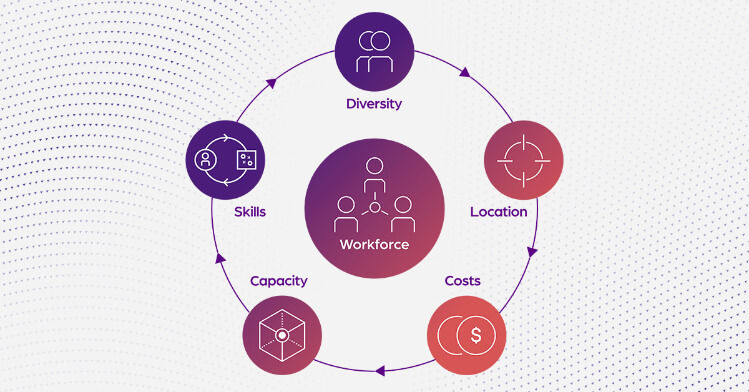How important is organizational agility in an economic downturn?
In this article, learn how agile organizations adapt quickly to change and foster innovation to survive and thrive in uncertain business environments.
More resources

CEO Oliver Shaw explores essential questions that organizations should consider to navigate economic uncertainty and ensure long-term success.

Four strategies to help you prepare for a recession and guide your organization through uncertainty to succeed both in the short- and long-term.

Apply now for this free two-hour advisory workshop with Orgvue’s expert consultants to quickly show you how to create sustainable productivity through workforce optimization

Orgvue's Chief Executive Officer Oliver Shaw discusses three key behaviors organizations can adopt to help plan for recession and thrive in the future.
